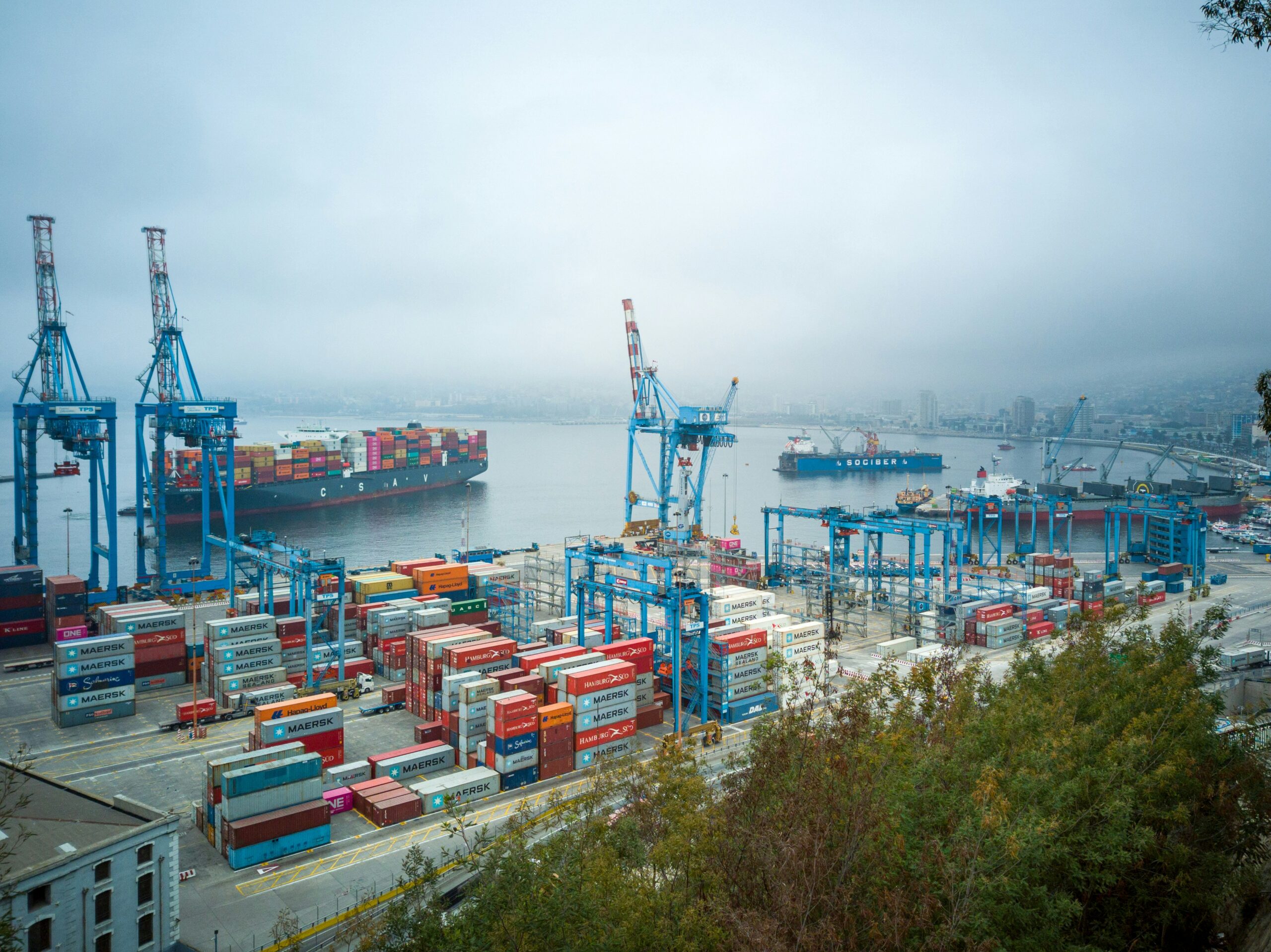Streamlining Global Logistics with SupplyNet for Navigo

challenge:
Navigo, a leading multinational corporation with a complex global supply chain, faced significant inefficiencies in their logistics operations. Their reliance on outdated legacy systems and manual processes resulted in several challenges:
Limited Visibility: Real-time tracking of inventory and shipments across numerous warehouses and international routes was difficult. This hindered proactive decision-making and increased the risk of delays.
Data Silos and Integration Issues: Data across different departments (procurement, warehousing, transportation) remained siloed, hindering seamless information flow and collaboration.
Increased Operational Costs: Manual data entry, inefficient routing of shipments, and delays led to unnecessary operational expenses.

Solution:
- End-to-End Visibility: SupplyNet provides a centralized platform with real-time data on inventory levels, shipment locations, and potential delays. This allows for proactive management and informed decision-making.
- Advanced Data Analytics: The platform utilizes machine learning algorithms to analyze historical data and predict potential disruptions. This allows for proactive risk mitigation strategies and optimized routing for shipments.
- Seamless Integration: SupplyNet integrates with existing enterprise resource planning (ERP) systems and other logistics software. This eliminates data silos and fosters seamless information flow across all departments.
- Automated Workflows and Collaboration Tools: Repetitive tasks like data entry and status updates are automated, freeing up human resources for strategic planning. Additionally, integrated collaboration tools facilitate communication and coordination between teams.


SupplyNet: Delivering Value Beyond Efficiency:
Since implementing SupplyNet, Navigo has witnessed a significant transformation in their logistics operations:
- Reduced Costs: Streamlined workflows, optimized routes, and proactive risk management have led to a substantial reduction in operational costs.
- Improved Customer Satisfaction: Increased on-time deliveries and better inventory management have resulted in enhanced customer satisfaction.
- Enhanced Data-Driven Decision Making: Real-time data and insights empower informed business decisions for a more competitive advantage.
